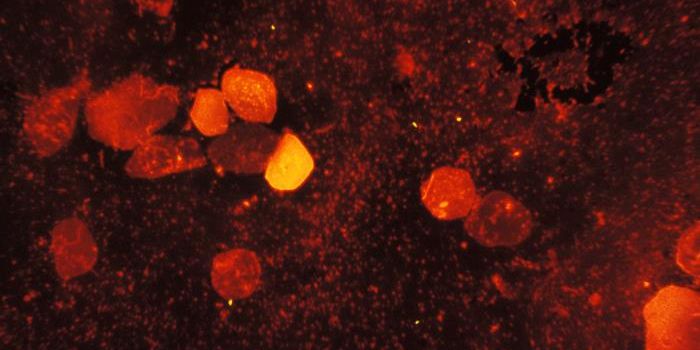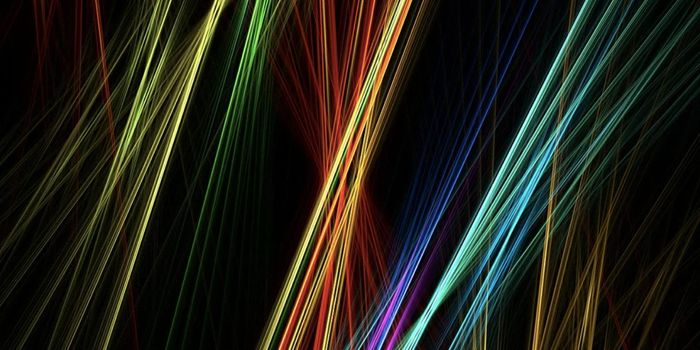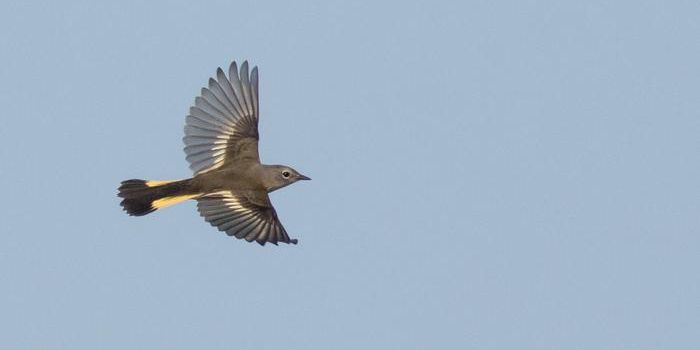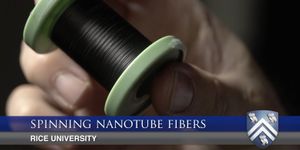Earth & The Environment
Lake Huron Preserves an Ancient Hunting Field
MAY 07, 2014 12:00 AM PDT
Share
Sensor System Detects Early Warning of Concussion, Lets Doctors Monitor All Players in Real Time
 Four million Americans suffer from concussions at a cost of about $17 billion every year. Millions more are at risk, clear markers are hard to find and athletes who go back and play sports before they are fully healed can suffer irreversible damage.
Four million Americans suffer from concussions at a cost of about $17 billion every year. Millions more are at risk, clear markers are hard to find and athletes who go back and play sports before they are fully healed can suffer irreversible damage. Finding a way to monitor players for warning signs in real time could make dramatic changes in the treatment of concussions. Now a doctor, sitting in a stadium press box, can use technology to continuously monitor each player's physiological signs to determine early warnings of a concussion.
Engineering researchers at the University of Arkansas at Fayetteville have developed a wireless health-monitoring system that uses a dry, textile-based nanosensor and accompanying network to detect early signs of traumatic brain injury by continuously monitoring various brain and neural functions. The wearable nanosensor systems can detect the severity of head injury by quantifying force of impact, be it light or violent, according to Vijay Varadan, distinguished professor of electrical engineering at the school. As he explained, "In real time, our system continuously monitors neural activity and recognizes the signs and symptoms of traumatic brain injury, such as drowsiness, dizziness, fatigue, sensitivity to light and anxiety."
The system is a network of flexible sensors woven or printed into a skullcap worn under a helmet. The sensors are built with carbon nanotubes and two- and three-dimensional, textile nanostructures developed at the University of Arkansas. Zigbee/Bluetooth wireless telemetry transmits data from the sensors to a receiver, which then transmits the data via a wireless network to a remote server or monitor, such as a computer or a smart phone. A more powerful wide-area wireless network would allow the system to detect large quantities of data taken continuously from each player on the field and transmit the data to multiple locations, such as a press box, ambulance and hospital.
Varadan explained that the sensors have considerable power and capability to monitor sensitive neural and physiological activity. When there is stress caused by impact, the sensor chips, which are said to be sturdier than printed circuit-board chips, can withstand high temperatures and moisture.
A pressure-sensitive textile sensor embedded underneath the outer shell of the helmet measures intensity, direction and location of impact force. The other sensors, which work as an integrated network within the skullcap, include a printable and flexible gyroscope that measures rotational motion of the head and body balance and a printable and flexible 3-D accelerometer that measures lateral head motion and body balance.
Textile-based, dry sensors in the cap measure electrical activity in the brain, including signs that indicate the onset of mild traumatic brain injury. These sensors detect loss of consciousness, drowsiness, dizziness, fatigue, anxiety and sensitivity to light. The skullcap also includes a sensor that detects pulse rate and blood oxygen level.
A modified sensor can evaluate damage to nerve tissue caused by force impact, recording electrical signals that work together to construct a spatiotemporal image of active regions of the brain. These low-resolution images can substitute for conventional neuro-imaging technology, such as MRI and computerized tomography (CT scan).
Varadan and his team of researchers have tested the system on a small scale for real-time application. They plan to test it during an actual game this fall.
The same team also developed a related, wireless health-monitoring system that snaps onto a sports bra or T-shirt. The system gathers critical patient information and communicates it in real time to a physician, hospital or the patient. The technology is being developed commercially.
Varadan holds the College of Engineering's Twenty-First Century Endowed Chair in Nano- and Bio-Technologies and Medical Technology. He is director of the National Science Foundation-funded Center for Wireless Nano-, Bio- and Info-Tech Sensors and Systems. Varadan is also a professor of neurosurgery in the College of Medicine at the University of Arkansas for Medical Sciences in Little Rock.
You May Also Like
Loading Comments...








